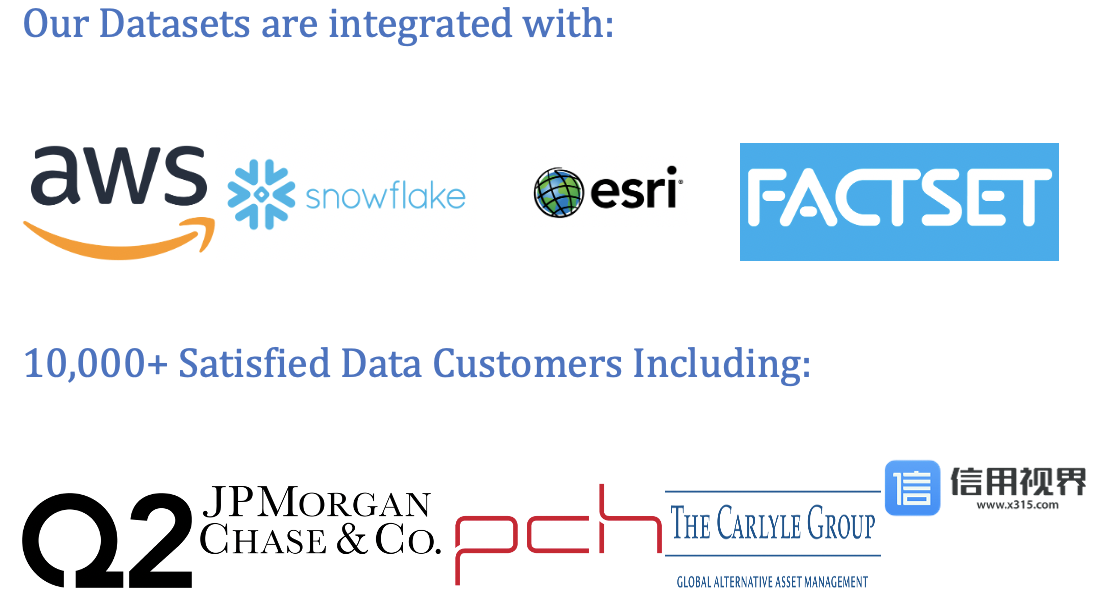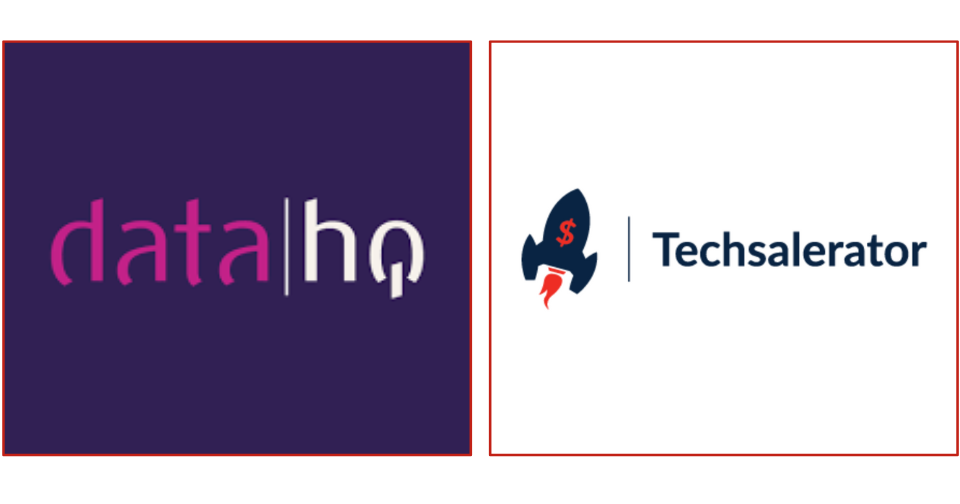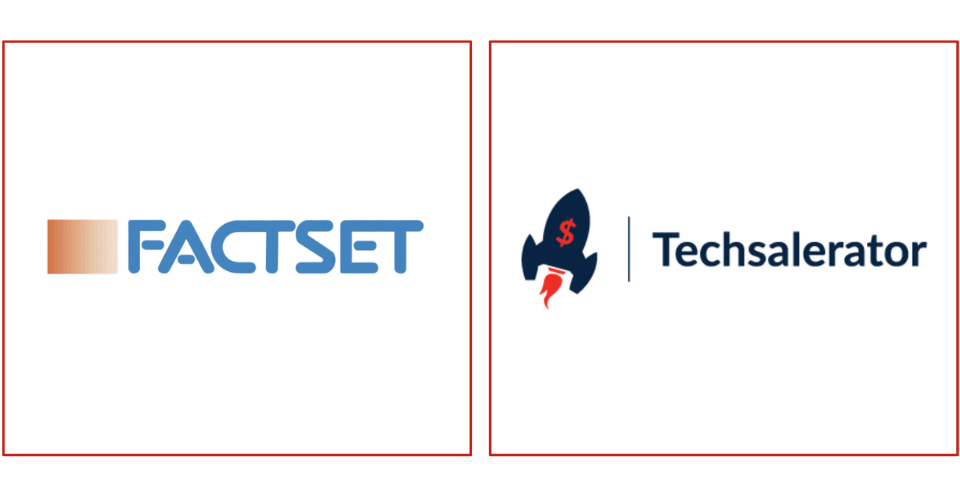
Top Voter Demographic Data Providers
Understanding Voter Demographic Data
Voter Demographic Data is utilized by political parties, candidates, policymakers, researchers, and analysts to understand voter behavior, target campaign messages, formulate policy agendas, and assess electoral outcomes. It enables stakeholders to identify voter trends, demographic shifts, and voting patterns that influence political dynamics and election outcomes. By analyzing Voter Demographic Data, policymakers can address the needs and concerns of diverse voter groups, tailor policy proposals to specific demographics, and engage with constituents more effectively.
Components of Voter Demographic Data
Key components of Voter Demographic Data include:
- Demographic Characteristics: Information about the age, gender, race, ethnicity, marital status, household composition, socioeconomic status, and other demographic attributes of registered voters.
- Political Affiliation: Data on party affiliation, political ideology, voter registration status, primary voting history, and partisan identification among registered voters.
- Geographic Distribution: Geographic data such as residential addresses, precinct boundaries, voting districts, and electoral maps used to analyze voter turnout, electoral competitiveness, and political representation at the local, state, and national levels.
- Voting Behavior: Records of voter turnout, absentee voting, early voting, voter registration rates, voter participation rates, and voter preferences for candidates, parties, or policy issues in past elections.
- Socioeconomic Indicators: Indicators of socioeconomic status, including income levels, educational attainment, employment status, housing conditions, and access to healthcare, used to analyze voting patterns and political attitudes among different socioeconomic groups.
Top Voter Demographic Data Providers
- Leadniaga : Leadniaga offers advanced analytics solutions for Voter Demographic Data, providing political campaigns, advocacy groups, and researchers with insights into voter behavior, demographic trends, and electoral dynamics. Their platform integrates Voter Demographic Data from multiple sources to target voter outreach efforts, conduct demographic analysis, and develop data-driven campaign strategies.
- Catalist: Catalist is a voter database and analytics company that provides Voter Demographic Data, modeling tools, and targeting solutions for progressive organizations, political campaigns, and advocacy groups. They offer access to detailed voter profiles, segmentation tools, and predictive modeling capabilities to support voter engagement and mobilization efforts.
- L2 Political: L2 Political is a data analytics company specializing in political data and Voter Demographic Data solutions for political campaigns, consultants, and advocacy organizations. They offer voter files, voter targeting tools, and data enhancement services to help clients understand voter demographics and behavior.
- Aristotle International: Aristotle International provides Voter Demographic Data, voter lists, and campaign management tools for political candidates, parties, and advocacy groups. Their voter database includes demographic information, voter registration records, and voter contact information for targeted voter outreach efforts.
- Voter Gravity: Voter Gravity offers voter database software and analytics tools for political campaigns, providing Voter Demographic Data, voter files, and mapping solutions to optimize voter contact strategies, identify key demographics, and mobilize supporters.
Importance of Voter Demographic Data
Voter Demographic Data is essential for stakeholders in the following ways:
- Voter Targeting: Enables political campaigns, parties, and advocacy groups to identify and target key demographic groups, swing voters, and undecided voters with tailored messages and outreach efforts.
- Electoral Strategy: Informs electoral strategy development, campaign planning, and resource allocation decisions based on demographic trends, voter preferences, and geographic considerations.
- Policy Formulation: Supports policymakers in understanding the needs, priorities, and concerns of different demographic groups, informing policy formulation and legislative agendas to address diverse voter interests.
- Election Analysis: Facilitates post-election analysis, exit polling, and voter turnout studies to evaluate electoral outcomes, assess the impact of demographic factors on election results, and identify potential areas for future electoral reform.
Applications of Voter Demographic Data
Voter Demographic Data finds application in various contexts, including:
- Campaign Targeting: Guides voter outreach efforts, canvassing operations, direct mail campaigns, and digital advertising strategies by identifying target voter demographics and micro-targeting specific voter segments.
- Voter Registration: Supports voter registration drives, voter mobilization efforts, and voter education programs aimed at increasing voter registration rates, especially among underrepresented demographic groups.
- Redistricting and Gerrymandering: Informs redistricting processes, electoral district boundary drawing, and gerrymandering analysis by providing demographic data for assessing electoral fairness, minority representation, and voting rights compliance.
- Demographic Analysis: Facilitates demographic analysis, voter segmentation, and demographic profiling to understand voting behavior, political preferences, and electoral trends among different demographic groups.
Conclusion
In conclusion, Voter Demographic Data plays a critical role in understanding voter behavior, targeting voter outreach efforts, and shaping electoral outcomes. With top providers like Leadniaga and others offering advanced analytics solutions, stakeholders can leverage Voter Demographic Data to develop data-driven campaign strategies, mobilize voters, and engage with diverse demographic groups effectively. By analyzing Voter Demographic Data comprehensively, political campaigns, policymakers, and advocacy groups can better understand the electorate, address voter concerns, and promote inclusive and participatory democracy.
Our Datasets are integrated with :



10,000+ Satisfied Data Customers including :








